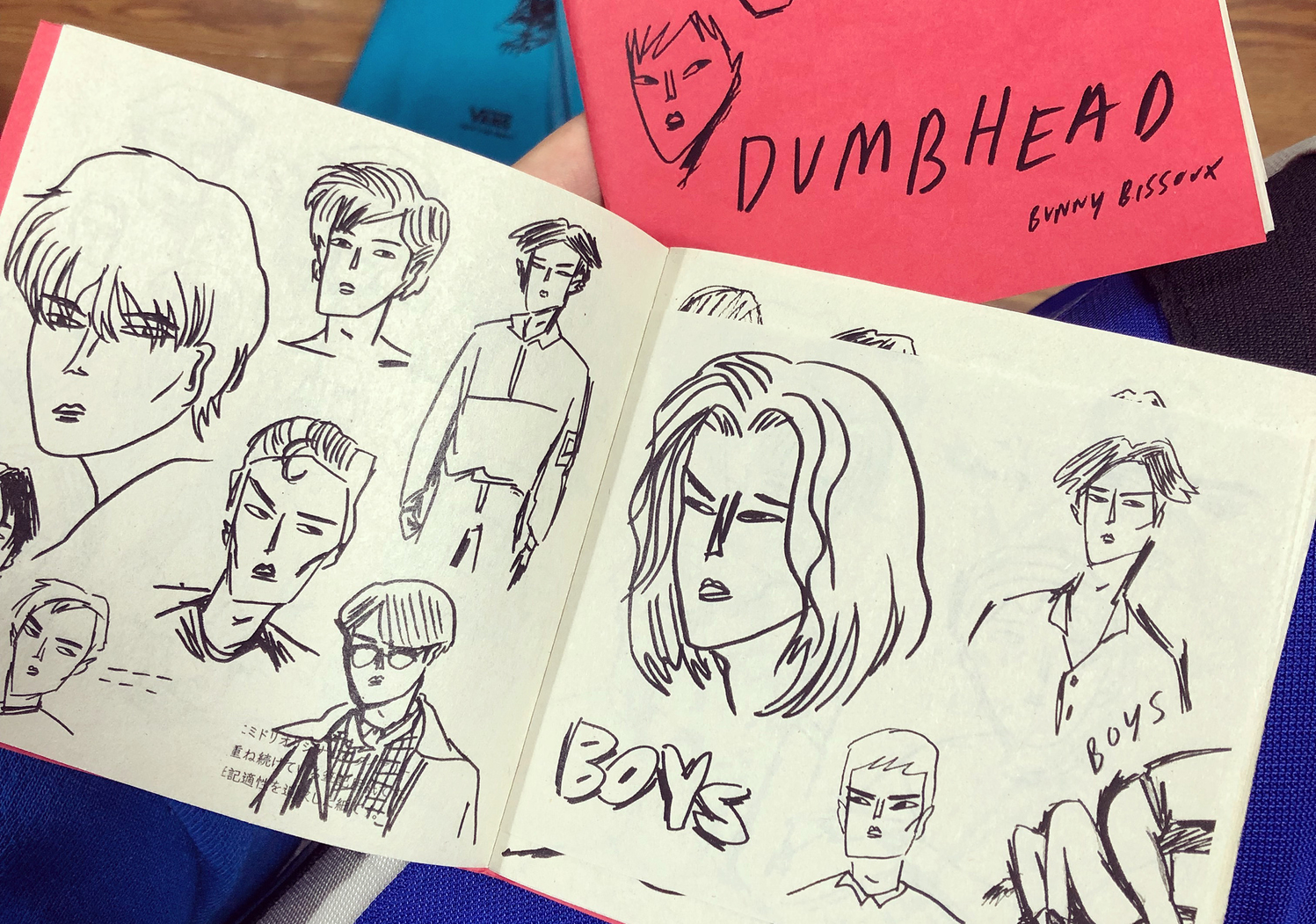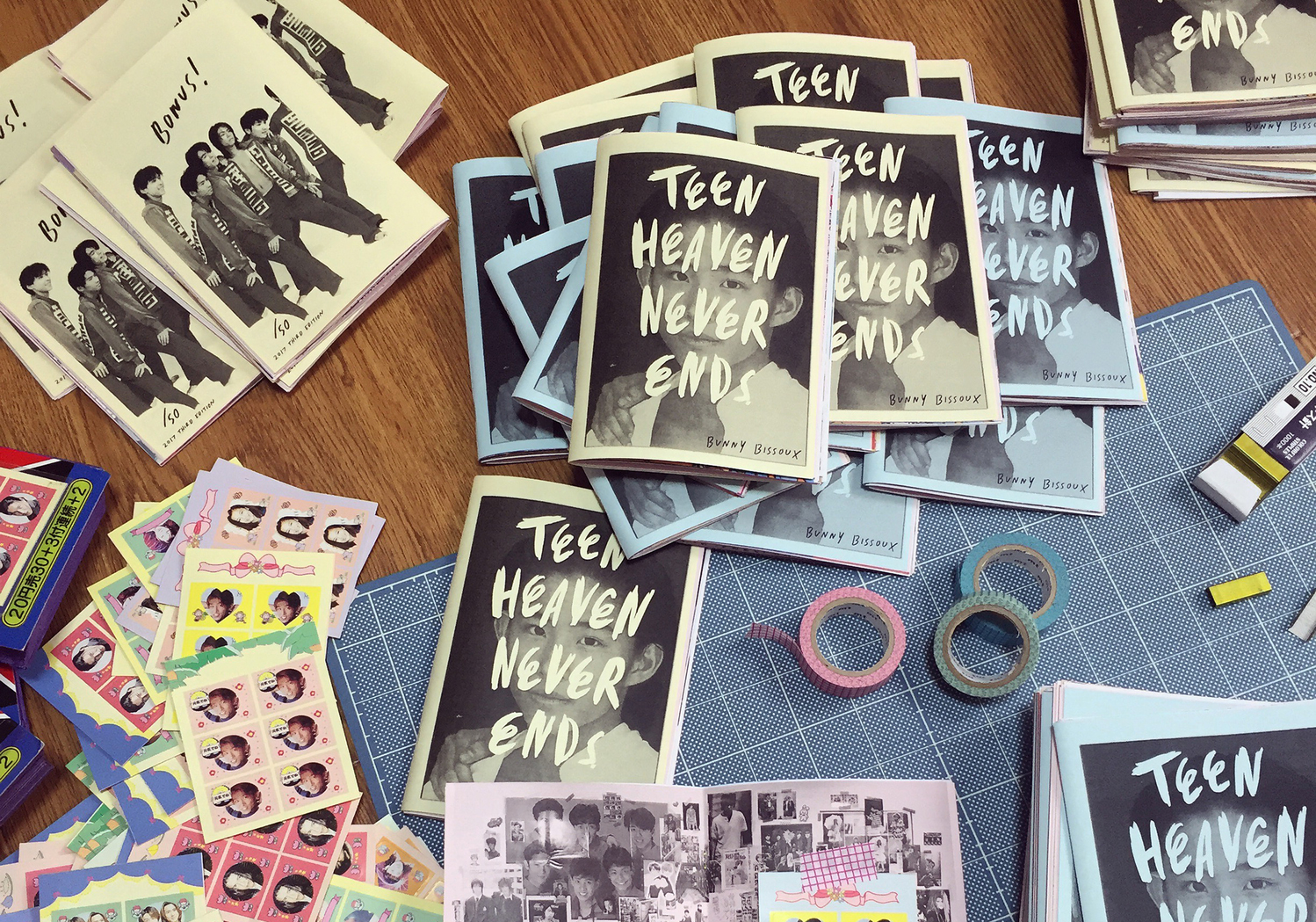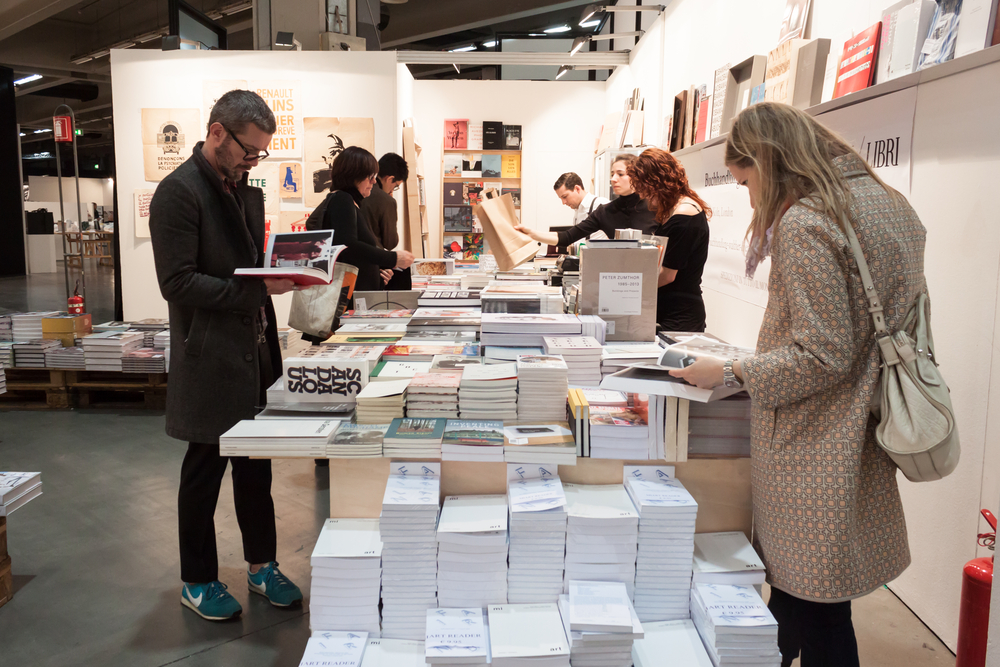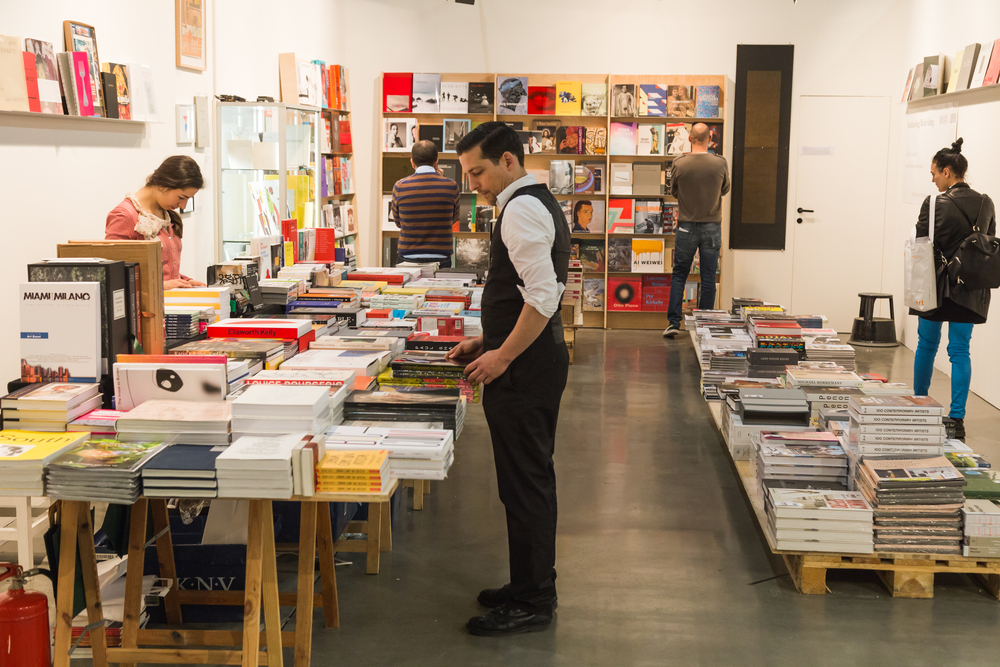Tokyo Art Book Fair (TABF), the city’s largest convention of amateur and professional authors, illustrators and artists based in Japan, has a special place in my heart; it’s the first event I ever attended in the country back in the fall of 2017, it was the subject of the first feature article I’d ever written and I met a good friend of mine there. I made sure to not leave without picking up a few things, mostly because there were more than a few zines that caught my eye and continue to inspire me. After switching to a virtual event last year, TABF has returned in 2021 with an online event, as well as a downsized offline event (to comply with COVID-19 safety measures) at the Museum of Contemporary Art Tokyo.

In anticipation of the event, I became curious about the zine culture in Tokyo. I knew it was considerably vast, with more variety than what I had known in Montreal. I decided to contact Bunny Bissoux, a fellow contributor and writer here at TW. She’s an artist, illustrator and consultant specializing in art and subcultures, whose relationship with zine-making and self-publishing goes back 15 years. It continued when she moved to Japan eight years ago and, in 2013, she participated in TABF for the first time.
Like any community, it takes a bit of hard work to find your door in. “It took a while to discover zine-related events, artists and creators at first,” she says. “I found things I was interested in through independent galleries, shops and bookstores.” Though not as conveniently located as your average Maruzen, once you’ve found your favorite sources, never let them go. Daikanyama T-Site is a popular first location to browse among dozens of zines located at the heart of the left wing. If you want to dive head first, visit Mount Zine, a store that is 110 percent dedicated to zines and their promotion around the world.


In contemporary Japan, SNS played an important role in getting information about Tokyo’s art scene and is to thank (or blame) for the country’s zine culture boom. “I think [it] only really started to boom in the past five years. Until then, ‘art books’ and ‘zines’ were quite ambiguous terms that most people were unfamiliar with,” says Bissoux.
And though more and more readers are familiar with the words “zine” and “art books,” according to Bissoux, the two are often mistakenly interchanged. “A zine is a type of art book, but not all art books are zines,” she says. As zine culture becomes richer and its audience wider, the term is also increasingly applied to independently published and small-scale magazines. Traditionally, zines were a derived form of fanzine, a self-published magazine with a specific subject matter. Before the age of Instagram feeds and blogs, it was one way to create, find and join alternative communities. “As message boards, blogs and SNS took people’s personal stories and thoughts online,” says Bissoux, “it was the aesthetic features of zines that became the focus.”
With the internet, a zine’s production process became something that quickly spread among those who could benefit from self-publishing: authors, poets, illustrators and so on. It was more affordable than going through a traditional printer and cut out the middle man of a publishing house. Though Japan has a long history of self-publishing, notably with doujinshi, it wasn’t until North American zines became a global phenomenon that it trended here. “I am skeptical about companies exploiting an art form and marketing a creative culture as a trend,” Bissoux says. “But on the other hand, it has undeniably introduced a wide new audience to zines and the concept of self-publishing”.

Though zines might have died down before turning digital in North America and Europe, it’s undeniably well and alive in Tokyo. Whether you love paper, DIY, abstract photography or comics (you name it), the TABF is a great occasion to explore what the Japanese zine culture has to offer. It’s vast and assembles artists from all around the world. You’re sure to find something to bring back home, if not a book, a cute tote and cute stickers.
Bunny Bissoux will be joining the long list of exhibitors again this year. Will we see you there?
Tokyo Art Book Fair Online – October 22-31
Tokyo Art Book Fair Offline – October 28-31 (Ticket required)
This article was updated in October 2021.








